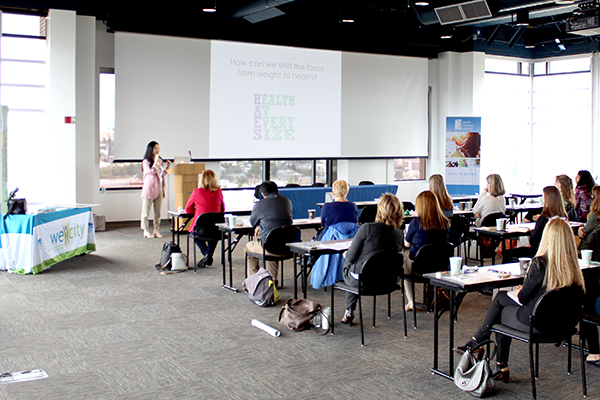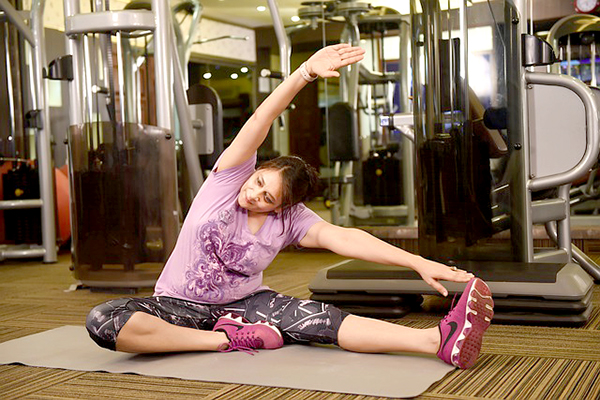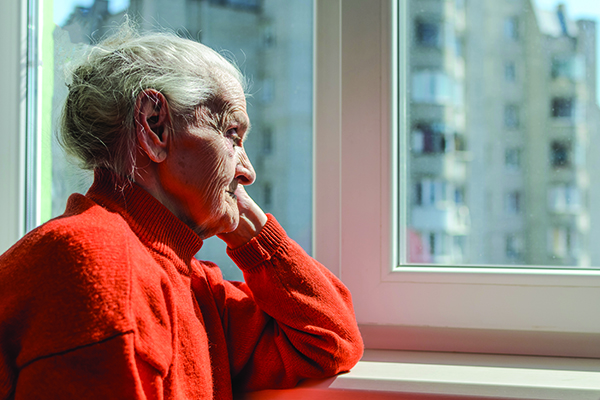June Wellness Symposium for HR Professionals
Attention HR employees—Save the date for our FREE wellness symposium! PacMed’s Living Well Alliance team is hosting this event to provide you with ideas on ways to enhance your company’s wellness initiatives.
Wellness Symposium
June 22, 10:00 a.m.–2:30 p.m.
PacMed Beacon Hill campus,
1200 12th Ave S
Seattle, WA 98144
This lively half-day event will include speakers and roundtable sessions on how to get your employees engaged, making your program effective while still watching your budget, helping your workforce prevent injuries and diseases and more!
Look for an official invite in May! You may also email Christy Goff, MS, RDN, CD, for more details.
The Living Well Alliance is run by Pacific Medical Centers. Call us today at 1.855.550.8799 for more information or email LivingWellAlliance@pacmed.org.
Recipe: Black-Eyed Peas and Collards
Spring is the perfect time for collards, a healthy green that’s delicious—and a classic dish—with black-eyed peas and bacon. Did you know that black-eyed peas and collard greens have a surprising amount of calcium in them? Just 1 cup of each is equivalent to 2 glasses of milk. And since May is osteoporosis prevention month, enjoy this recipe all month long! For a vegetarian dish, omit bacon and add sautéed tempeh for a crunch.
Fitness 101 for Strong Bones
Bone is living tissue, and it gets stronger when you exercise. Specifically, weight-bearing and muscle-strengthening exercise helps to increase bone density and strength; walking, climbing stairs, jogging, dancing, tennis and lifting weights all fit the bill. These forms of activity also increase coordination and balance, both helpful in preventing falls.
Another term for bone-smart exercise is “resistance training.” Resistance training is any form of exercise that forces the body to overcome an externally applied force. Lifting weights or exercising with elastic bands are good examples: your body must work against the force of the weights or the bands. Over time, resistance training increases your strength, power and bone density.
Weights are a popular form of resistance training. If you’re new to weight lifting, consider working with a trainer to learn proper technique and to slowly build your strength. A few other tips:
- Be sure to work all major muscle groups—chest, back, legs, shoulders, arms, core. Ideally, do two exercises per muscle group.
- Stay focused and use your core to stabilize your body’s alignment.
- Over time, aim for 1–3 sets of 10–15 repetitions.
- Choose a resistance that heavy enough that the last 2–3 reps are challenging.
- As you gain agility and strength, consider adding some simple devices to simultaneously improve your balance—like standing on a square of two-inch foam or an inflated rubber balance disc.
- Be sure to rest for 48 hours between workouts. A good plan is three resistance training sessions per week.
If weights aren’t your love and joy … you might try yoga, martial arts and Tai Chi. These excellent exercise forms combine strength, balance and flexibility. Pilates—whether a mat class or using Pilates equipment with a Pilates trainer—offers a good workout for your core muscles.
Before starting any new exercise activity, consult your primary care provider to make sure it is a good fit for your health situation. Looking for a primary care provider? Explore PacMed Primary Care to learn about family medicine, internal medicine and others options.
Important Nutrients for Bone Health
Three nutrients important for healthy bones are calcium, vitamin D and magnesium. Here is some useful background, plus some tips on incorporating foods that are rich in these nutrients into your daily diet.(Be sure to consult your doctor for advice regarding appropriate doses of these three nutrients.)
Besides regular weight-bearing exercise (see related article!), getting enough calcium in your diet is a key element to preventing osteoporosis. One general guideline for women who are past menopause is 1,200 mg of calcium each day.
Vitamin D and calcium go hand in hand: without vitamin D, calcium can’t be absorbed. While our bodies synthesize vitamin D through the exposure of our skin to sunlight, that can be tricky in the cloudy Northwest—and even in summer,when you block the sun’s rays with sunscreen. Vitamin D supplements are usually needed, with the recommended daily amount being 600–800 international units.
Magnesium is a mineral, and it plays a critical role in your body, including maintaining healthy bones and a healthy heart. Magnesium exists in your body in significant amounts, with the major portion contained in the skeleton. Deficiencies of this mineral can lead to your bones becoming brittle, which in time increases the risk of fractures. Most people on average need to consume 300–400 milligrams of magnesium a day.
Boosting Your Diet for Good Bone Health
Increasing your intake of dietary sources that are rich in calcium, vitamin D and magnesium can support a personal health goal to maintain strong, resilient bones. As always, work closely with your medical provider to create a care plan that’s right for you.
Calcium. Calcium is found in dairy products (for example, milk, yogurts and cheese), fortified juices, canned salmon and some plant sources such as tofu. Try making “tuna melts” with salmon instead of tuna, or enjoy plain, low-fat yogurt with fresh fruit for a mid-morning snack.
Vitamin D. Vitamin D is in milk and some yogurt and can also be found in eggs, mushrooms and some fortified foods. Starting your day with a hardboiled egg or having a glass of milk instead of your midday soda can help.
Magnesium. Foods rich in magnesium include green leafy vegetables, whole grains, beans and nuts. Fresh fruits and vegetables also provide a modest amount of magnesium.
For more information about PacMed and our dietitian services, please visit www.PacMed.org. To make an appointment, use our appointment tool or call 206.505.1300.
Bone Up on Osteoporosis
Understand your risk factors, when to get screened and ways to protect your bone health.
Osteoporosis, which means “porous bone,” is a silent disease that can have devastating effects. With this disease, bone tissue and mass deteriorate, which leads to frail bones and a higher risk for serious fractures.
“The kicker,” says Dr. Mary Wemple, a rheumatologist at PacMed, “is that this bone-loss condition occurs without symptoms. That’s why screening is so critical.” Because bones weaken gradually over time, people may not know that they have osteoporosis until a sudden strain, bump, or fall causes a fracture.
In the U.S. today, 10 million people already have osteoporosis. Although osteoporosis cannot be cured, it can be effectively treated. Most important, it can be prevented.
Who Is at Risk?
Older women are particularly susceptible. Risk factors for osteoporosis include:
- Being female
- Going through menopause
- Male or female—being slim and less than 130 pounds
- Smoking cigarettes
- Drinking excess alcohol (more than three glasses daily)
- Having a first-degree relative with osteoporosis
- Age—the older you are, the greater your risk
Certain health conditions, medications and ethnicities can also play a factor.
Who Should Get Screened?
Screening for osteoporosis involves a bone density scan. This scan is a quick, painless procedure that uses an enhanced, low-radiation form of X-ray technology called DXA (pronounced “dexa”).
- Women: If you are over age 65, screening is highly recommended. If you are younger than 65 but have risk factors, you may benefit from screening.
- Men: If you are over age 70, you should discuss bone density screening with your primary care doctor. If you are younger than 70 but have risk factors, you may benefit from screening.
What Preventive Steps Can I Take?
Two of the most important steps are to get the daily recommended amounts of calcium and vitamin D, and to regularly engage in weight-bearing, muscle-strengthening exercise. Talk with your primary care doctor for guidance, and read the related articles in this month’s Healthy Tips on nutrition and exercise suggestions for good bone health.
The message Dr. Shailaja Reddy drives home with her patients is one of awareness and prevention. “Get your calcium and exercise, even if you’re in your forties,” she recommends. “If you do this consistently from a younger age it will help you down the road.” Dr. Reddy practices internal medicine at PacMed.
Already diagnosed with osteoporosis? Learn more about the Rheumatology team at PacMed.







